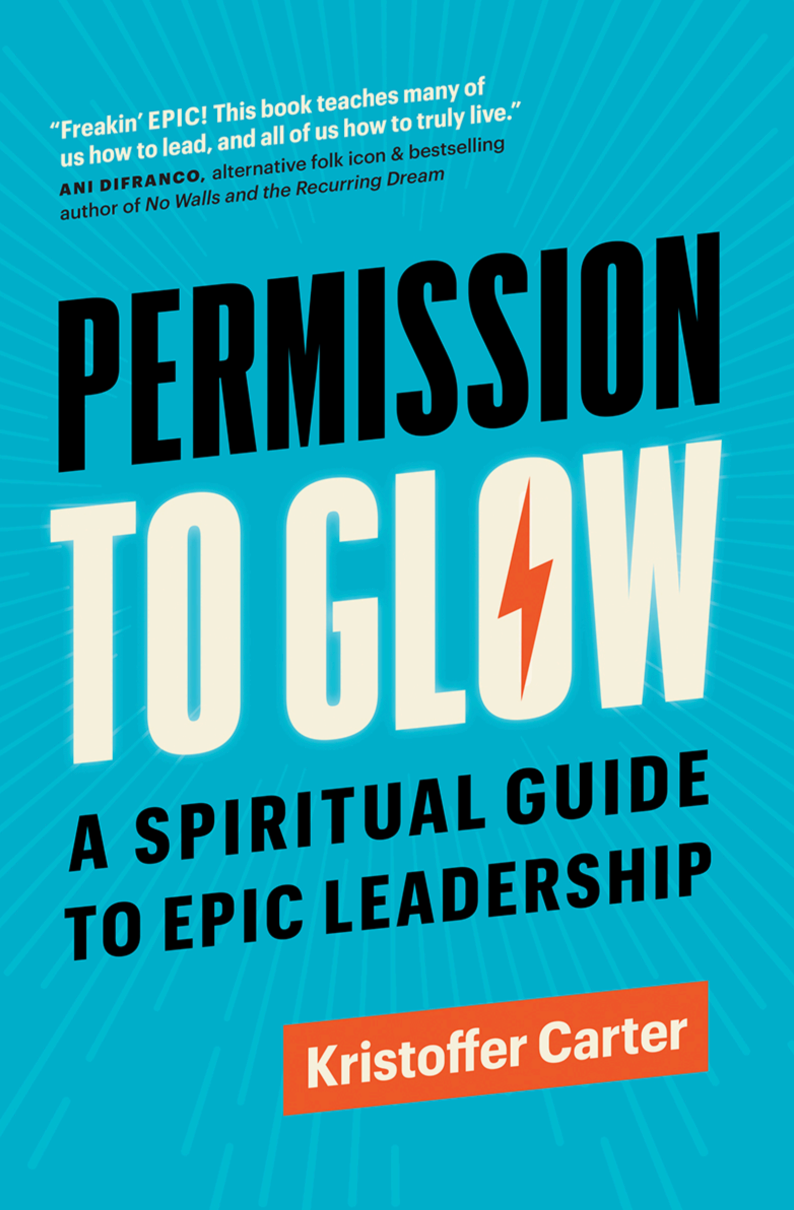In the United States, we overcomplicate creating a meditation habit the same way we overcomplicate everything else. Too many choices and conflicting information. You don’t need another app. In fact, you will become a much stronger, consistent meditator if you focus on the essentials.
Sitting consistently for just five minutes per day— every day, no excuses—will potentially upgrade all our other habits. Thirty-five minutes of silence per week may not sound like much. It isn’t. But it is enough to strengthen our willpower and discipline. This sets the stage for increasing to ten, then fifteen minutes per day, every day. Our goal for our meditation practice is to build to a minimum of fifteen minutes every day, no excuses. One hour and forty-five minutes per week is now more time than most people spend in church, or in connecting with their intuition. It also primes us to give ourselves the other three permissions.
Many people find that after thirty consecutive days of meditation, they feel a subtle difference when they miss a day. Something feels a bit off, and they feel more complete once they sit down to meditate. By this point, there’s a root system forming beneath the surface. This structure has some of the benefits mentioned above. We preserve our integrity. We improve at hearing what our bodies are telling us. This strengthens our discernment so we can pull back on undesirable habits, and people, and find more supportive ones.
In meditation, by bringing our attention back as many times as necessary, we flex and strengthen our meta-attention. Although it’s nice when it happens, the goal of meditation isn’t the absence of thought. Our goal is to become aware of those thoughts, to release them, and to bring our attention back to an anchor point. Our anchor point could be our breath, our heartbeat, or a mantra. Thoughts will continue to float across the screen of our awareness. Noticing how often this occurs can be exhausting. However, if we’re determined to practice, there’s no limit to how many times we can clear the screen. Remember: every successful clearing of thought, and reclaiming your attention, is one rep in building your meta-attention muscle.
Meditation: Break it on down
Whether you’re sitting for five minutes or five hours, a meditation session can easily be broken down into three necessary phases.
PHASE 1: GETTING YOUR ATTENTION
Right as you sit, roughly 5 to 10 percent of your session time can be used to claim your attention. This is done through breathing exercises. Start with simple 4-7-8 breathing cycles. This simply means to inhale deeply through the nose for a count of 4, hold for a count of 7, and exhale fully and slowly through the mouth for a count of 8.
This technique works because you’re forcing a specific breathing pattern onto the involuntary nervous system. This is that squirrely part of us all this uncertainty gets in a twist. Four cycles of 4-7-8 breathing takes about fifty-seven seconds. (If you don’t have fifty-seven seconds, you have bigger problems and you may be beyond hope!)
Sit up straight and expel all the breath from your lungs. Whether seated in a chair or cross-legged on
a floor cushion, relax the body. Picture your posture adjusting into straight lines (chin and shoulders parallel to the floor, as well as your thighs if seated in a chair). Your spine should be as straight, or perpendicular to the floor, as is comfortable. Place a hand on your abdomen to help feel how deeply you’re breathing.
Inhale deeply for the count of 4
Breathe through the nose, expanding the chest and lungs, and take it all the way to the base of the abdomen. Feel your hand move out on your deep inhale. Make this the most nourishing breath you’ve taken all week.
Hold for a count of 7
It doesn’t have to feel strained, or too long. Simply count a bit faster, but be sure to keep the counts even. You’re reminding yourself that you are in control of your breath. The ghost in the machine. Once you remember this, your thoughts should calm down considerably.
Exhale fully and slowly for a count of 8
Breathe out through the mouth. Making a deep “ah” or “om” sound as you exhale will also help you relax.
This breathing pattern is powerful because you are deeply oxygenating the body, while getting your own attention.
PHASE 2: HOLDING AND RECLAIMING YOUR ATTENTION
The bulk of your meditation session (up to 80 percent of the session time) will be in this phase. This is where the real work of strengthening your meta-attention happens. If you skip the first phase of getting your attention, this phase will be much more difficult.
There are many techniques we can use to bring our attention back. Beginners usually start by watching the breath or scanning different parts of the body.
Mantras are helpful because they give the busy mind a task. The repetition is calming, like needlepoint or running. Many of my students have found success with our sky mantra:
I am the sky—watching all weather move through me.
An even simpler one would be:
This is what it feels like to be free.
Your mind and ego will throw your attention around like a mechanical bull. This is the sometimes tedious but necessary work of meditation. Notice the thought.
Drop it. Redirect back to the breath or to your mantra. Reclaim your attention. Your power. As many times as necessary.
PHASE 3: DIRECTING YOUR ATTENTION
Once you’ve claimed your attention, then spent valuable time holding and reclaiming it, you deserve some reward for your effort. Directing the attention is something we get tempted to do during the second phase, when we should be dropping thoughts and reclaiming focus. Often our creative muse shows up, with no shortage of great ideas.
Other than a mantra, it’s helpful to hold back any pointed, directed focus until the end of the meditation session. Another 10 percent of the total meditation can be devoted to savoring and directing our efforts.
I recommend starting with gratitude. In yogic meditative practices, this is usually the point where the meditator has done the heavy lifting of clearing their head, and now lifts their focus from material concerns into a higher state of consciousness. Bask in the glow of your effort. Set intentions, pray, or chant. Direct your freshly cleared attention to offering deep gratitude for every aspect of your life. Savor and maximize the feelings of oneness you’ve just created.



